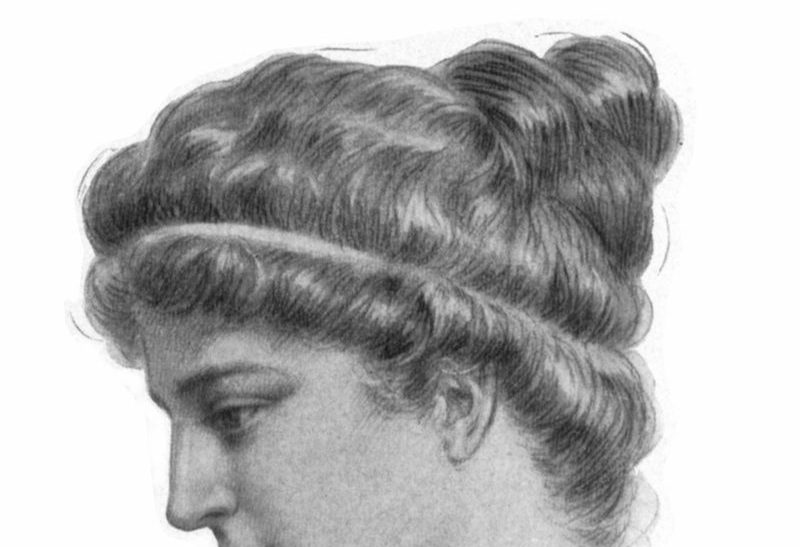Hypatia of Alexandria, born around 360 AD, was a pioneering philosopher, mathematician, and astronomer, and one of the most remarkable figures of Late Antiquity. Living in a period where intellectual pursuits were predominantly male endeavors, Hypatia broke through these societal constraints, establishing herself as a leading scholar in a male-dominated world. She was the daughter of Theon, a well-known mathematician and philosopher, who educated her in a wide array of subjects, laying the foundation for her future accomplishments.
As the head of the Neoplatonist school in Alexandria, Hypatia taught philosophy and astronomy, attracting students from across the Mediterranean. Her lectures on the works of Plato and Aristotle were renowned for their clarity and depth, promoting critical thinking and the pursuit of knowledge. She was also an advisor to many politicians and leaders, demonstrating her influence beyond academic circles.
Hypatia made significant contributions to mathematics and astronomy. She is credited with editing the works of her father and improving the design of the astrolabe, an ancient instrument used for solving problems related to time and the position of the stars. Though none of her works survived intact, her influence persisted through the writings of her students and contemporaries who documented her teachings and ideas.
Her life, however, was tragically cut short around 415 AD, when she was murdered by a Christian mob, a victim of political and religious turmoil. Hypatia’s death marked a significant turning point in history, often seen as a symbol of the waning of classical antiquity and the rise of religious dogma over scientific inquiry.
In embodying the Renaissance Man ideal long before the Renaissance itself, Hypatia exemplified the pursuit of knowledge across multiple disciplines, intellectual curiosity, and the breaking of gender barriers in academia. Her legacy continues to inspire those who seek to challenge societal norms and contribute to the advancement of science and philosophy.

